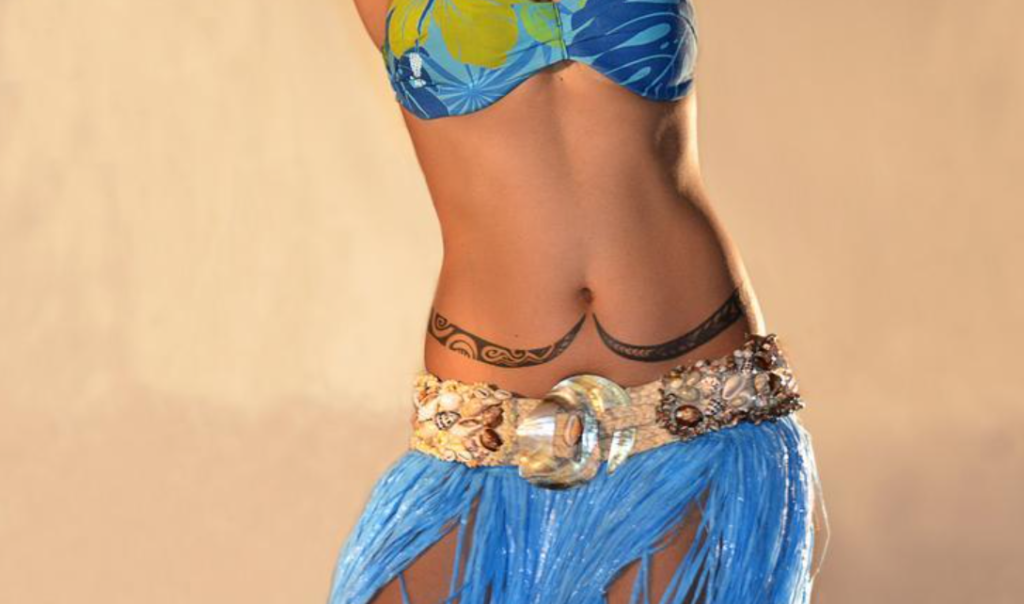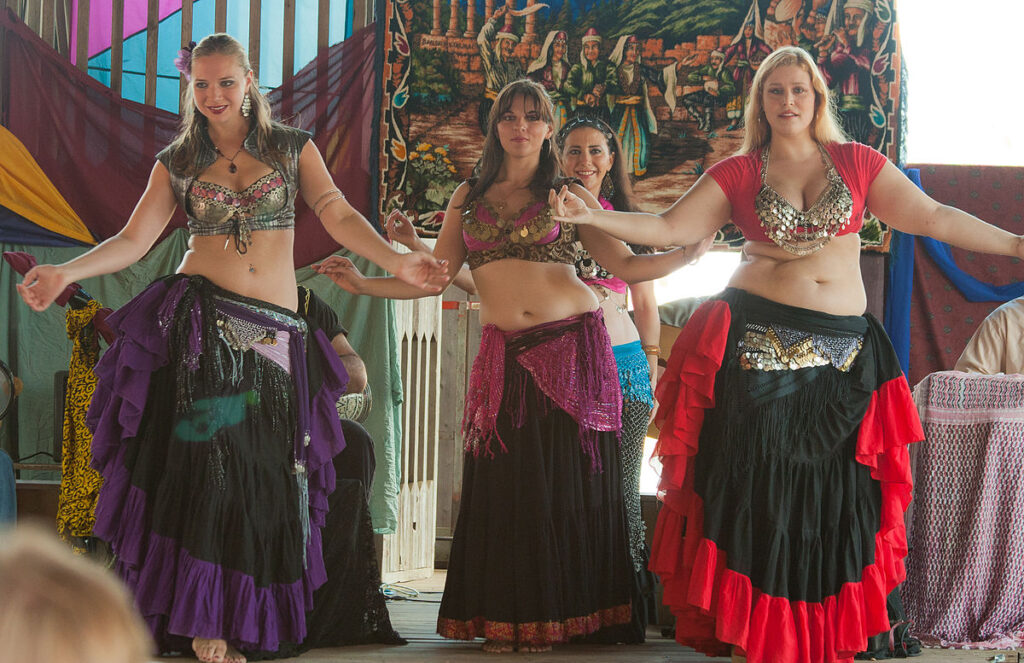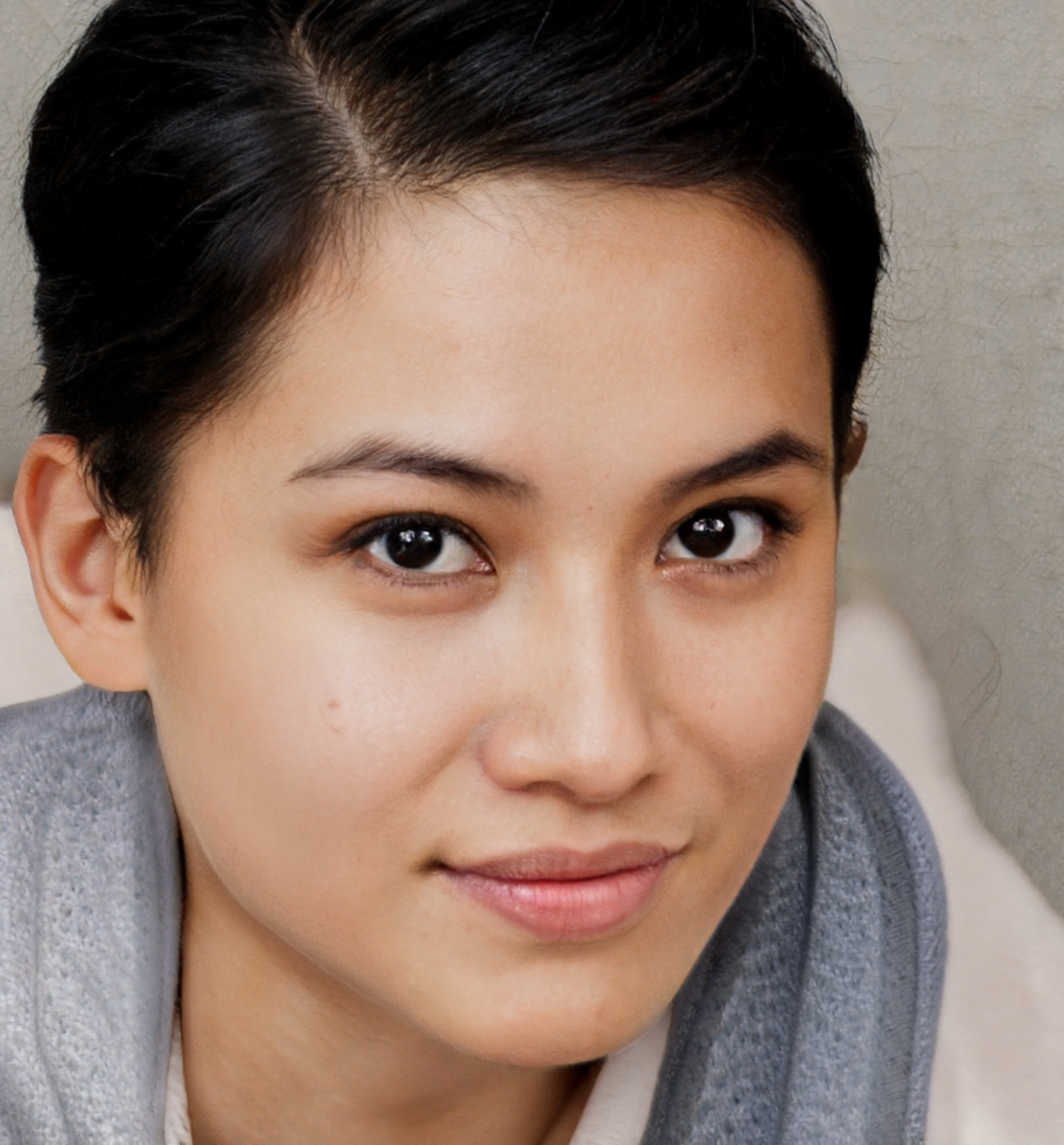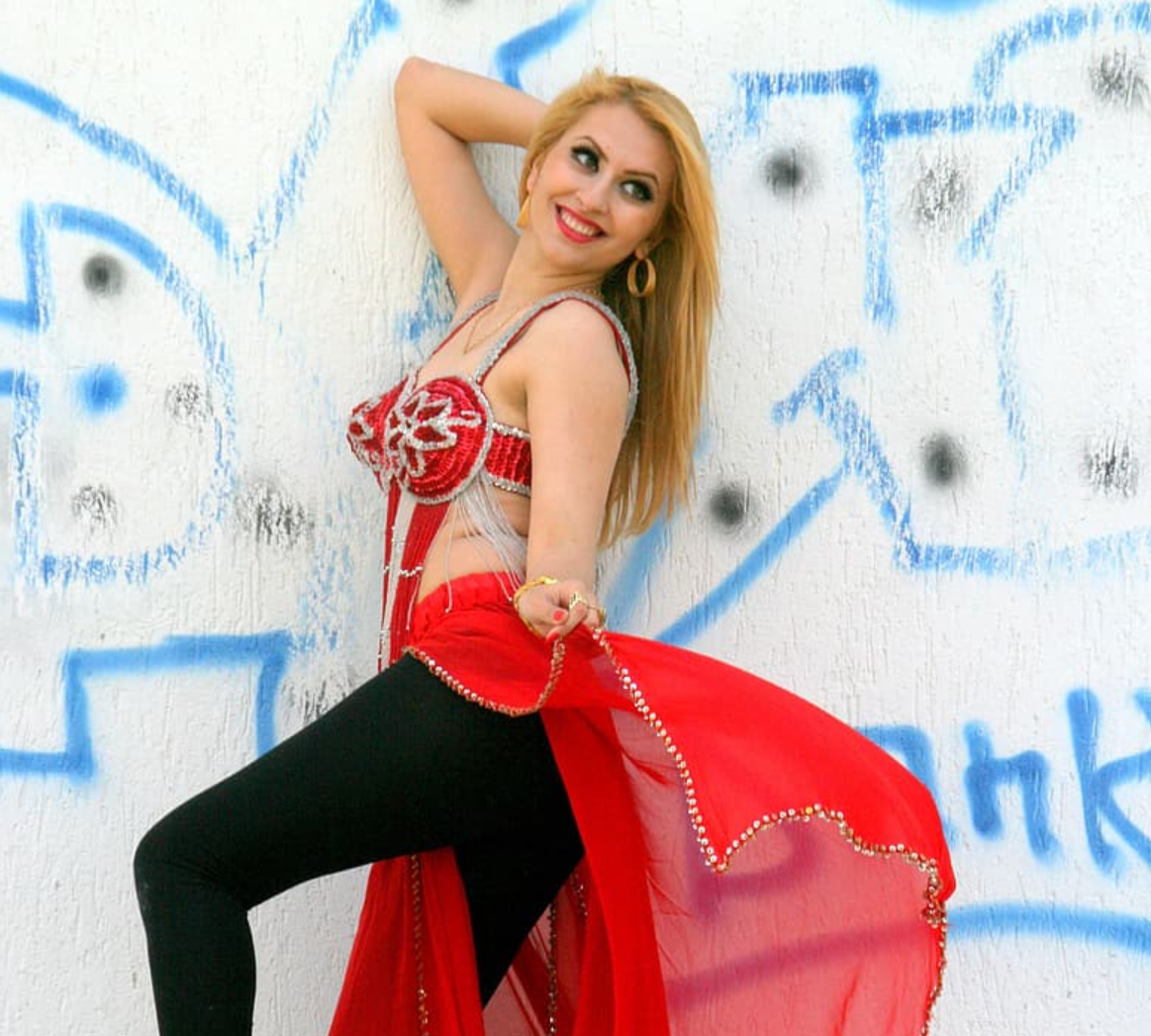Sensuality and exoticism: belly daning has something that seduces everyone. Due to shyness or ignorance, many students do not dare to discover what’s also know as “oriental dance”.
However, belly dancing is the ideal sport to lose weight, tone the body, have fun, and discover oriental culture. In a matter of hours, you will be able to master the base of this dance that comes from the Middle East.
Take a look at our tips to get started in belly dance this weekend.
What are the benefits or oriental dancing?
Practicing belly dancing also allows you to learn to accept your body. According to a 2014 study, belly dancers have a better body image than Latino dancers. In fact, in oriental dance, all bodies are accepted: slim women take advantage of their flat stomach and curvy women will be able to use their shapes to highlight their sensuality.
Although at first one feels shy about the idea of showing the body, the concept changes with a couple of sessions, because the beauty of this style and the acceptance of oneself, which is what matters most in belly dancing is discovered.
Additionally, oriental dance is ideal for learning to dance by studying the human body. Think that a good knowledge of your physiology is essential to trust yourself.
You may also consider pole dancing to get healthy and fit.
An hour of belly dancing can help you lose up to 400 calories
Oriental dance is known for being a muscular activity that works the body. Thanks to the movements of the belly, women may be able to reshape their body and reaffirm muscle tone.
On the other hand, oriental dance also works:
- The thighs
- The hips
- Back muscles
- Buttocks
- The chest
- The waist
- Shoulders
- Arms
- Abdominals
Reduce pain and stress
In fact, apart from helping you lose weight, oriental dance is recommended if you have a very painful period, lower back pain or to eliminate cellulite. Belly dancing also helps for personal well-being: an hour of class of the so-called “dance of happiness” eliminates stress, relaxes nervous tension and frees the spirit.
Therefore, as you can see, its benefits are very numerous. They are outlined briefly here:
- It helps to exercise the pelvic floor thanks to the toning of the abdomen and pelvis.
- Improves body awareness and posture.
- Provides flexibility.
- Increase the resilience of our body.
- Helps to develop deep breathing.
- Relieves problems in the lower back as well as digestive problems.
- Increases the rate of cell regeneration.
- Improves psychomotor coordination.
- Strengthens our immune system.
- It helps us feel better physically and psychologically.
- Provides a sense of rhythm.
- It allows to increase the capacity of concentration.
Do you want to start benefiting from everything belly dancing has for you? Get started today.

The origins of belly dancing
The oriental dance, also called “belly dance” or “Egyptian Dance” is the result of the evolution of different traditional ancient dances of the Middle East. Traditionally, oriental dance has been folkloric, improvised or choreographed by one or more dancers.
It is characterized by the presence of smooth and fluid movements, where the different parts of the body are coordinated. For example, the arms may go at a different rate than the hips. As the name suggests, the main focus is on the hips and stomach.
Movements of this dance are related to nature The soles of the feet, for example, rest well on the ground because it symbolizes the earth; there are references to the sky and birds, etc.
Although it is not known for sure, the origins of this type of dance could be dated to the year 1300-1200 BC in Ancient Egypt, where murals have been found where women are portrayed with positions similar to those of belly dance.
Likewise, there are also Greek and Roman sources that affirm that the dance groups of Asia Minor and Hispania also used the wavy movements typical of belly dance as well as prostrated on the ground, something very characteristic of this dance.
The dancers were typically slaves who eventually became the social entertainment of the Islamized societies of the Middle Ages. They represented the power of the fiefdom and were valued for their beauty and skills, sometimes combining dance with singing. Their dances were accompanied by instruments called chichines or zaggats (bronze castanets) and by a sword from the occasional guest.
In the 17th century, dancers called “Egyptian gypsies” (gawazis) shared the stage with minstrels or acrobats. Their clothing was much more ornate: they wore ornaments, bracelets, pendants, coins, very bright colors, skirts and baggy pants.
From the middle of the 20th century, dance began to be professionalized and nowadays, we can see this type of dance in theaters and at celebrations.
Whatever its origin, oriental dance has a long tradition in the Middle East and North Africa.

The different styles of oriental dancing
You may think there is only one style of oriental dance. Nothing could be further from the truth. This Middle Eastern dance has become famous throughout the world, but it offers a wide variety of styles, when combined with dances from Asia, America or Africa.
Before going to the first class, the student has to choose between the different dance styles. Take a trial class at a dance association or dance center to try out the different styles and choose the one you like best.
Here is a short list of oriental dance styles:
- The Báladi dance
- The Shaabi dance
- The Raks Sharki dance
- Oriental flamenco dance
- The oriental tango dance
- The Saidi dance
- The Egyptian oriental dance
- The Bambouti dance
- The Fellahi dance
- Bellywood dance
- The oriental vintage dance
- Eastern tribal dance
The equipment used varies according to the dance style. You can use different accessories, such as veils, fans or canes.
As you may have seen, most belly dancers wear a tight top or bra (usually adorned with beads or coins), a belt, also made of beads or coins, adjusted to the height of the hips, and stockings with baggy pants. or a harem skirt (plain, layered, ruffled, etc.).
Learning the basic movements
To discover the basics of belly dancing, it is best that we review the basics. Before starting a dance course, a student has to warm up for at five minutes. With your legs slightly open and your hands on your hips, work your neck muscles in circular motions to the sides, back and forth.
Belly dance is an expressive dance that focuses on the torso.
The most important part of the body to warm up is the neck. This is to avoid damaging injury during class. Next, we continue with the first basic dance steps:
- The movement of the shoulders: open the arms with the elbows slightly bent, move the left shoulder forward and alternate with the right shoulder.
- The vertical eight: make an “eight” with the pelvis by raising the hips in a circle and with the legs extended.
- The trembling of the legs: produce regular and rapid movements with the knees to vibrate the base of the body.
- The Zoheir Zaki: raise the hips up and down in a lateral movement with the legs fully extended.
- The accentuation of the pelvis: tighten the abdominals by slightly advancing the pelvis forward and then give a dry blow thanks to the buttocks.
Basic dance moves can be easily mastered with a couple of belly dance sessions. However, this type of dance is precise and subtle, and therefore you will have to attend many more to execute the more complex movements well and go from novice to intermediate.
Tips for getting started in oriental dance
There are literally hundreds of opportunities available to you to learn and reap the benefits of belly dancing. Let’s take a look.
Videos to learn the basics of oriental dance
If you want to get started in this oriental dance without going to a class, you can also opt for online dance courses. With the Internet, you can find hundreds of online dance courses and each one with different dance styles (Egyptian dance, Arabian Nights dance, Indian dance, etc.)
To learn to dance in a self-taught way, you can take the example of other experienced dancers who offer free educational videos for you to learn. To learn a belly dance choreography, trust the most expert Youtubers in the field.
And also, you can always resort to oriental dance apps. Thanks to these kinds of programs, students will be able to learn the basics of oriental dance and follow their progress with just a few minutes of training a day. Videos are a good way to spread out your oriental dance lessons and to learn to dance on your own.
Apps to start dancing
If you want to learn to dance, in addition to the videos, you can choose to download an application. We know that mobile phones and tablets are a big part of what we do.
Through an application you can access explanatory videos and audios about the fundamental steps that characterize this dance. You will be able to see them while you wait for the bus for work, while you go for a walk or in your free time.
Here is are two some belly dance applications:
- Belly Dance Fitness. This app will help you work on your physical condition while having fun. You can progress because it has video tutorials for beginners.
- Belly Dance – Learn How To. This application is intended for all beginners who are interested in learning about belly dancing. In addition, it presents styles from Egypt, Syria or Morocco.
Most of these applications are free. Give them a try and stick with the one that works best for you.
Go to an introductory course in oriental dance
There is nothing better than the advice of a professional choreographer to discover traditional oriental dances. In one course, the belly dance teacher will know how to share with you his or her passion for dance, through movements, a rhythm adapted to oriental music and a choreography for all levels.
Tonicity, undulations and even improvisation: nothing is left to chance in group courses or private dance courses. It is clear that learning with an trusted teacher is essential to fully master the art of belly dancing.
To choose an oriental dance course, you have several options at your disposal:
- Hire a home dance teacher over the Internet.
- Hire a dance teacher because someone has recommended it to you.
- Take belly dancing classes at a studio.
- Go to dance classes at a dance school.
- Go to dance classes at a dance association.
- Take private dance classes with a local instructor.
- Check with your YMCA or local fitness center for opportunities.
Ready to get started? Find a class that suits you HERE.

Gabrielle enjoys writing, exercising, traveling, and meeting new people. She also has a passion for romance novels and smooth lattes.


